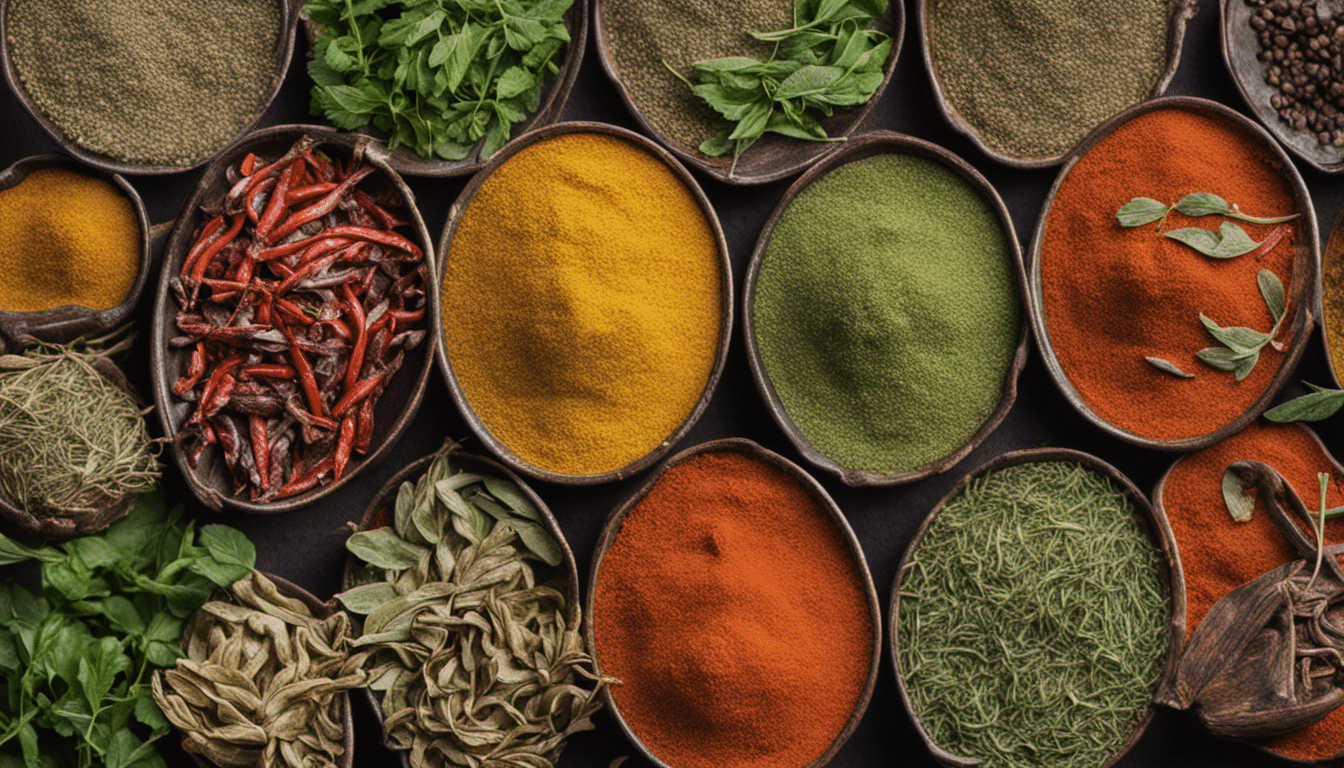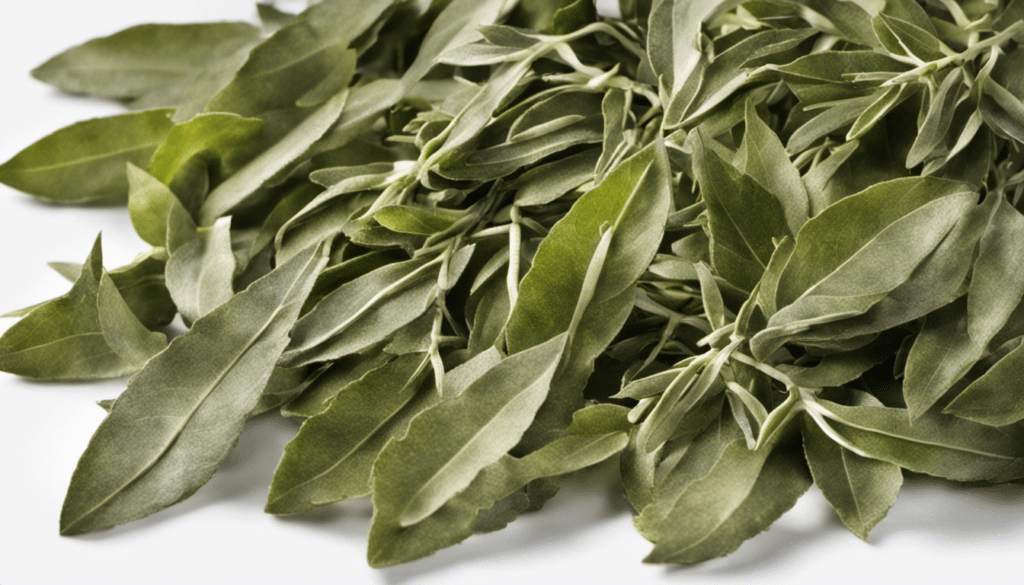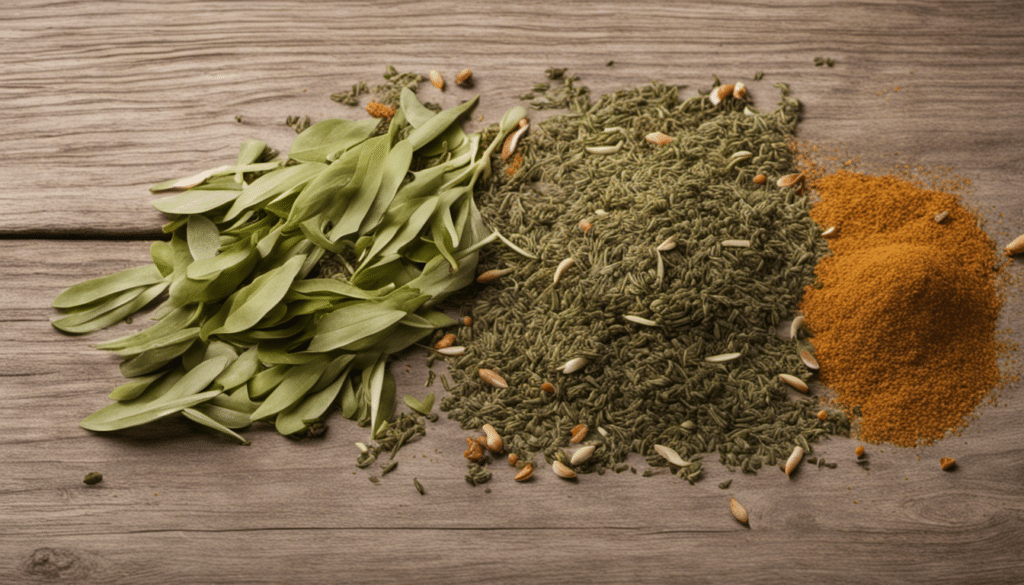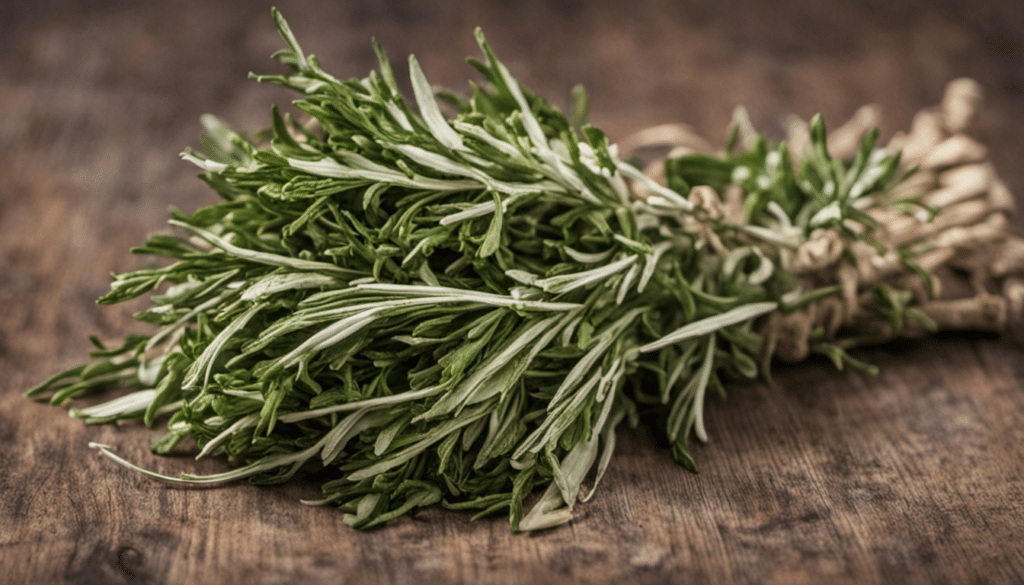Everything You Need to Know About Curry Plant
Origins of the Curry Plant
The curry plant, scientifically known as Helichrysum italicum, is native to the Mediterranean region and Southern Europe. Despite its name, it’s not the spice used in curry dishes—in other words, it’s not what gives curry powder its distinctive aromatic flavor [source]. That’s a common misconception, though it’s easy to see where it comes from. The curry plant does produce a strong, curry-like fragrance, particularly when its leaves are crushed or bruised.
Alternative Names and Fairy-tale Associations
Known by other names like Everlasting Flower and Immortelle, the curry plant is often associated with mythology and fairy-tales. Greeks used to plant it on the graves of their loved ones, as it was believed to be a token of immortality [source].
Another intriguing aspect of the curry plant is its link to the old Celtic legend of the ‘Selkies’ or ‘Seal Folk’, mythological creatures who shed their seal skins to become human on land. The legend has it that selkies could be trapped in human form if their seal skins were concealed—and curry plants were said to be used by the cunning humans to accomplish this.
Health Benefits
Aside from its rich cultural history, the curry plant is also known for its incredible health benefits. For a start, it’s a natural antioxidant—its extracts have been found to possess potent radical-scavenging activities [source]. That’s not all—it’s also regarded as an anti-inflammatory and anti-microbial plant, making it beneficial for skin health and wound healing.
Moreover, the essential oils derived from curry plant leaves can be beneficial for respiratory health when used in aromatherapy. In fact, traditional medicine systems often employ these oils for their potential to alleviate coughs, colds, and sinus issues [source].
To Conclude
The curry plant isn’t just another aromatic addition to your kitchen garden—it’s a wellspring of health benefits and a fascinating piece of plant lore. So the next time you brush past those silvery leaves and catch a waft of their signature scent, you’ll appreciate them for more than just their misleading curry-affiliated name.
Curry Plant Recipe Ideas
- Curry Plant Roasted Potato
- Steamed Fish with Curry Plant Sauce
- Curry Plant Herb Butter
- Homemade Curry Plant Pickle
- Baked Chicken with Curry Plant
- Curry Plant and Vegetable Soup
- Grilled Seafood with Curry Plant
- Lamb and Curry Plant Stew
- Curry Plant Infused Olive Oil
- Garlic and Curry Plant Pasta




